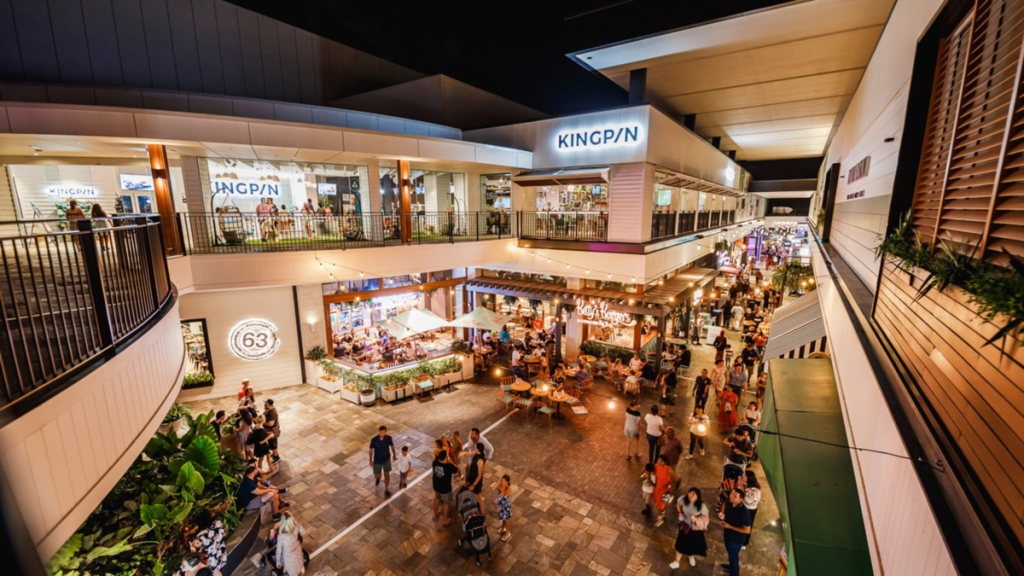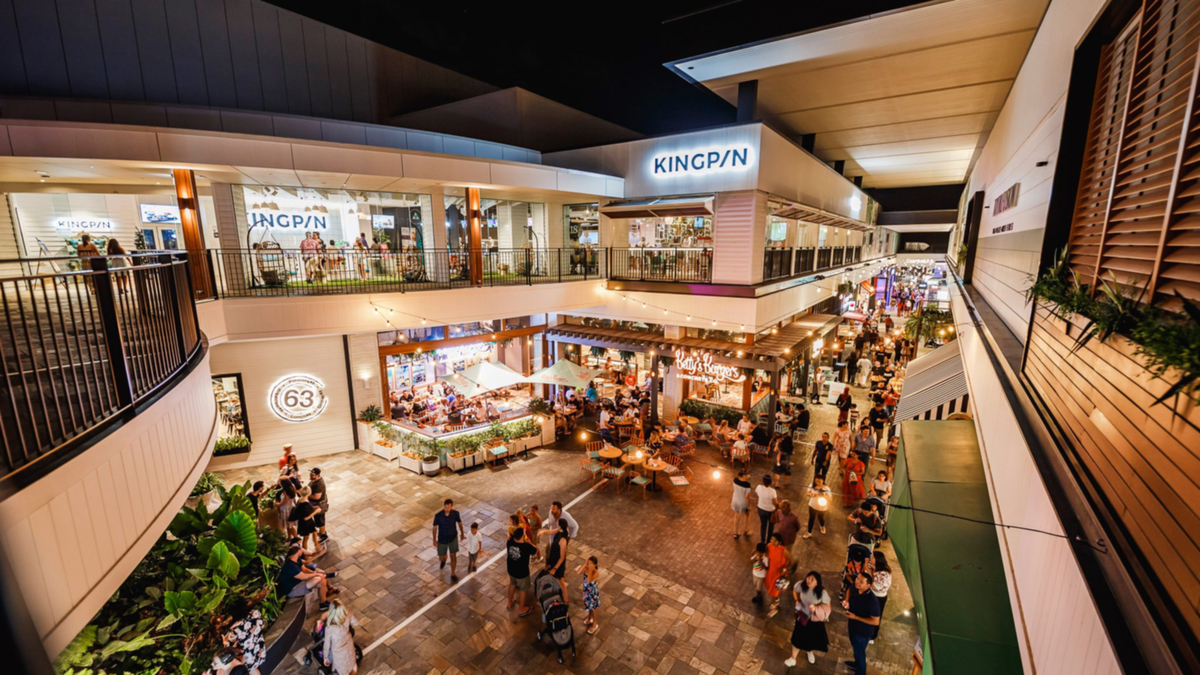Leasing a space in a shopping centre is of critical importance for landlords, but it comes with its own set of challenges and considerations. This article outlines some best practices to help landlords navigate the complexities of shopping centre leasing and maximize their return on investment.
1. Understand Your Tenant Mix
One of the most critical aspects of a successful shopping centre is the tenant mix. A well-curated tenant mix can attract a diverse range of shoppers and increase foot traffic. Here are some tips:
– Diverse Offerings: Include a mix of retail, dining, entertainment, and service-oriented tenants to cater to different customer needs and preferences.
– Anchor Tenants: Secure reputable anchor tenants, such as major department stores or supermarkets, as they can drive significant foot traffic.
– Complementary Tenants: Aim for complementary businesses that can benefit from each other’s presence, such as placing a coffee shop near a bookstore, or cluster medical professionals in a precinct.
2. Conduct Thorough Tenant Screening
Choosing the right tenants is crucial to maintaining the shopping centre’s reputation and financial stability. Consider the following screening practices:
– Credit Checks: Perform credit checks to assess the tenant’s financial health and ability to meet lease obligations.
– Business Plan Review: Evaluate the tenant’s business plan and market position to ensure they align with the shopping centre’s goals.
– Reference Checks: Contact previous landlords to gather insights into the tenant’s leasing history and reliability.
3. Negotiate Favourable Lease Terms
Negotiating lease terms that protect your interests and support tenant success is essential. Key points to consider include:
– Lease Duration: Offer a mix of short-term and long-term leases to balance stability and flexibility. For example shorter leases can be handy if you’re planning a refurbishment or looking for a better tenant long-term.
– Rent Structure: Implement a rent structure that includes a base rent and percentage rent based on the tenant’s sales performance. And outgoings should be charged on top of the base rent to shield the landlord from increases in non-controllable expenses such as statutory outgoings.
– Incentives: Provide lease incentives such as rent-free periods or contributions to fit-out costs to attract desirable tenants. Choosing an experienced leasing agent can help keep those incentives to a minimum through strategic negotiations.
4. Maintain Open Communication
Effective communication between landlords (directly or via their centre manager) and tenants is vital for fostering positive relationships and addressing issues promptly. Best practices include:
– Regular Updates: Provide tenants with regular updates on shopping centre activities, maintenance schedules, and marketing initiatives.
– Feedback Mechanism: Establish a feedback mechanism to allow tenants to voice concerns and suggestions.
– Conflict Resolution: Implement a clear conflict resolution process to handle disputes professionally and amicably.
5. Focus on Marketing and Promotion
Promoting the shopping centre and its tenants is essential for driving foot traffic and sales. Consider the following marketing strategies:
– Events and Promotions: Organise events, sales, and promotions to attract shoppers and create buzz.
– Digital Presence: Develop a robust digital presence through social media, a website, and online advertising to reach a broader audience.
– Collaborative Marketing: Encourage tenants to participate in collaborative marketing efforts to leverage shared resources and amplify impact.
6. Prioritize Maintenance and Cleanliness
A well-maintained and clean shopping centre enhances the shopping experience and attracts more customers. Best practices include:
– Regular Inspections: Conduct regular inspections to identify and address maintenance issues promptly.
– Cleaning Schedule: Implement a comprehensive cleaning schedule to ensure the shopping centre is always presentable.
– Tenant Guidelines: Provide tenants with guidelines for maintaining their spaces and common areas.
By following these best practices, landlords can create a thriving shopping centre environment that benefits both tenants and customers. The key is to remain proactive, adaptable, and committed to continuous improvement.
FAL Property Group has extensive experience with shopping centre management and leasing. If you need advice, please don’t hesitate to contact Phil Levesque on 0432 471 144.

Despite rising vacancies and a normalization of demand, Brisbane’s industrial market remains driven by strong fundamentals, including population growth, infrastructure development, and continued demand from key sectors like logistics and transport.
Below is a summary of key market indicators, including vacancy rates and supply, leasing activity, investment trends, and rental growth over the reporting period.
Vacancy Rates and Supply
• Vacancy rates in Brisbane’s industrial market remained stable, ranging from 2.7% to 3.38%. While slightly up from previous quarters, they remain low by historical standards.
• New completions in Brisbane contributed significantly to the national industrial pipeline, with over 40% of new development completions in Australia coming from Brisbane, particularly in the Southern Growth Corridor. Speculative development is on the rise, causing a slight increase in vacancy, but the market remains tight.
Leasing Activity
• Leasing take-up in Brisbane saw a 44% increase in the first half of the year, however has slowed in recent months. The West and South submarkets were especially active.
• Leasing demand was bolstered by speculative completions and sustained demand from the transport and logistics sectors, which accounted for a significant portion of the leased space.
Investment Activity
• Investment volumes in Brisbane grew, with $225 million in sales during the first half of 2024. Prime yields in Brisbane slightly firmed to 5.67%-6.20%, indicating continued confidence in the market.
• Major transactions included notable sales such as 347 Lytton Rd, Morningside, for $110 million.
Rental Growth
• Prime rental growth remained strong for the first half of 2024, reaching up to $180/ sqm (above 1,000sqm), however has dropped slightly in recent months.
• Incentives offered to tenants remained steady, ranging between 5% to 15%, with no significant increases despite the rise in vacancy rates.




